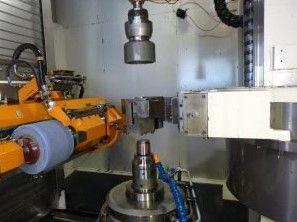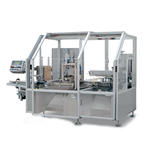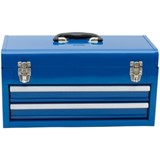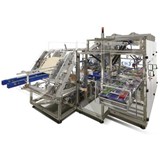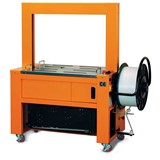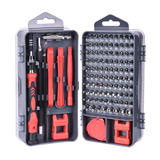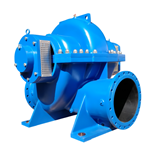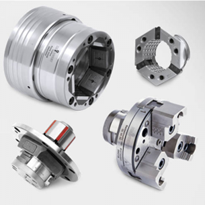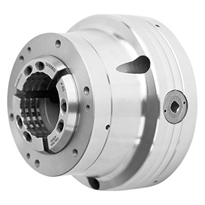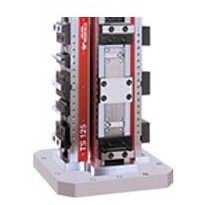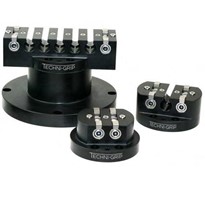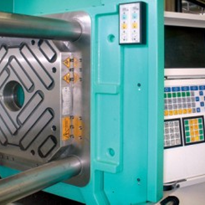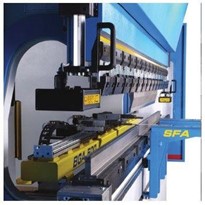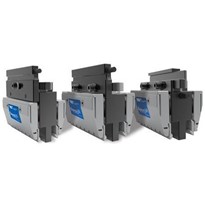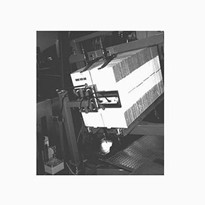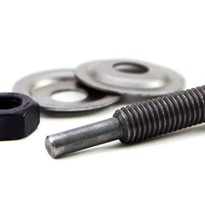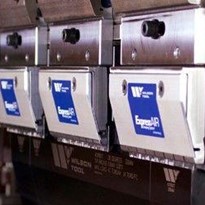The 65-man German contracting company Wittmann tries to fulfill every customer request for involute-geared components from all areas of the machine tool industry. Gear-cutting sizes from module 1 to module 36 for gears with a diameter of up to one metre can be realised with quantities from 10 to 100 pieces. Their clamping systems play an important part in production.
Wittmann also produce component parts, prototypes and series in excess of 1000 pieces. Most of their manpower is in manufacturing with a lean administration. Yet when flexible clamping devices are needed as cost-effective for automatic clamping on gear grinding machines, what clamping devices satisfy all the prerequisites and score with outstanding concentricity and short clamping intervals?
The Mando T211 mandrels from Hainbuch. The clamping device manufacturer headquartered in Marbach Germany (and long time Romheld Automation supplier) has the answer in its standard modular system product range.
- The Task: Find an improved clamping system for an existing component on a Burri BZ 362 gear grinding machine.
- The Challenge: Relatively thin, disk-shaped parts started to vibrate if not properly clamped. Special clamping and installation geometry were required to ensure smooth running and stabilised parts. Clamp parts changes need to be quick and reproducible, without having to take the complete clamping set-up off of the machine each time. Rigid clamping is the prerequisite for a good grinding result.
- The Trial: Use a Hainbuch Torok manual chuck, size 100, and a mandrel adaptation.
- The Result: Tests were consistently positive, and today the parts are still running on the hand-actuated clamping concept from Hainbuch.
Another challenge, another Hainbuch success story
On another project, when Wittmann ordered a new Liebherr LCS 700 gear and profile grinding machine, they tried the special mandrel Mando T213 from Hainbuch as the clamping system. The task was to manufacture parts from the customer’s drawing and plan ahead without knowing what part the customer may specify in future. Flexibility was the focus for the new automated clamping concept.
Using standard Hainbuch components, an effective modular clamping system was assembled. This offered two crucial advantages: Delivery times were short and costs were reasonable. Standard segmented mandrels and the standard segmented clamping bushings both could be used.


